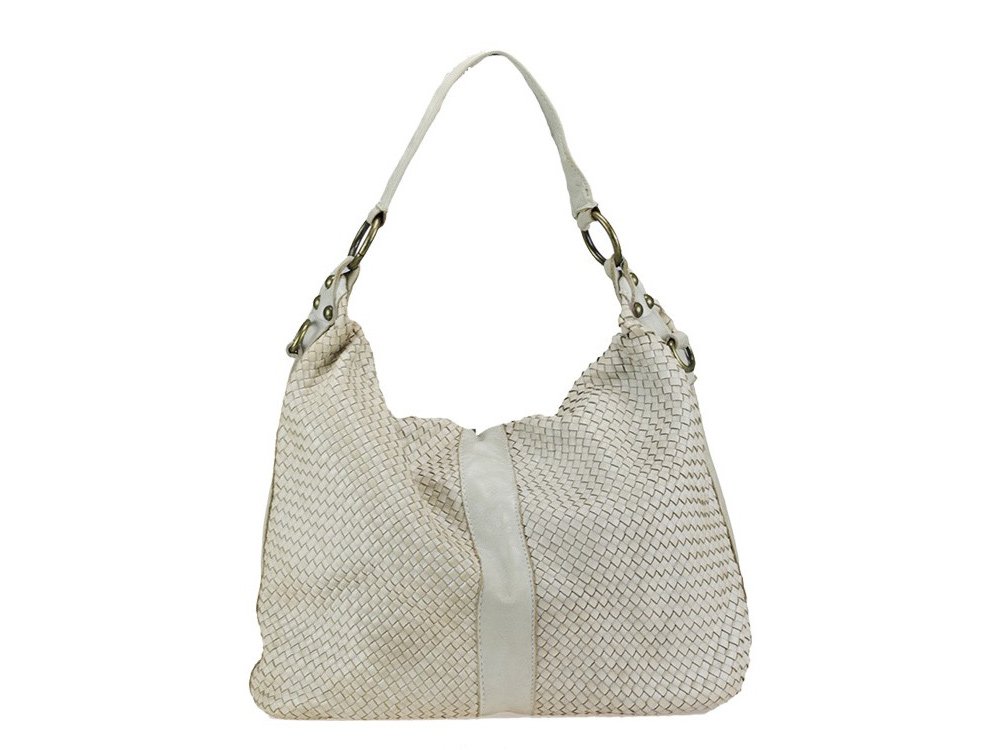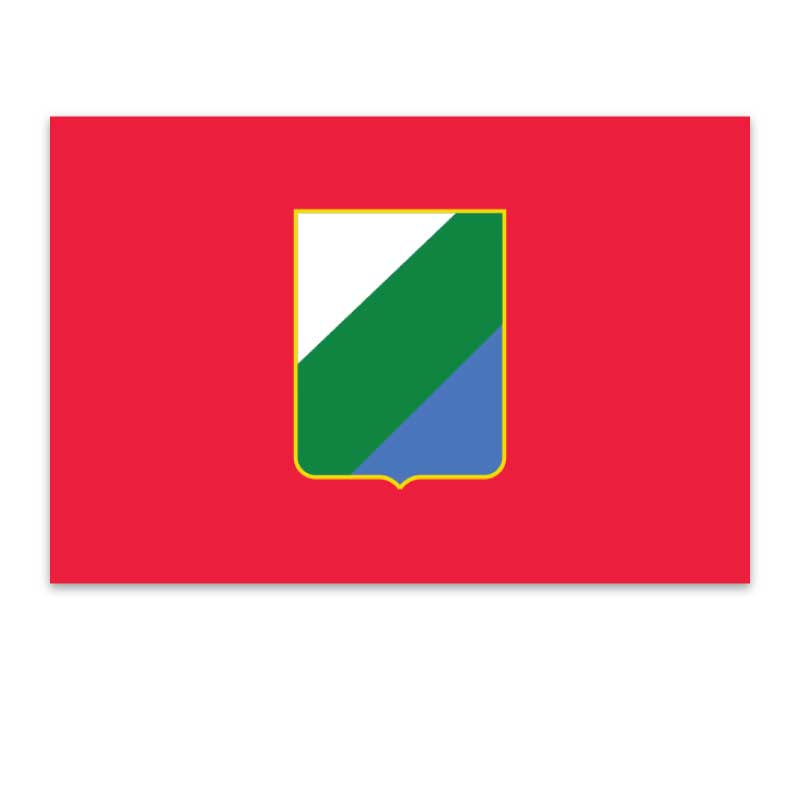
Perched high in the central Apennines, Roccaraso is Italy’s most extensive and celebrated mountain ski resort south of the Alps. Situated in the province of L’Aquila in Abruzzo, this historic mountain town has been welcoming visitors since the early 20th century. What began as a modest destination for snow-loving Romans has evolved into a modern, high-altitude resort boasting over 110 kilometres of pistes, world-class facilities, and a uniquely Italian warmth. Here, sport meets culture, and every run tells the story of a region that balances natural grandeur with human tradition.
Set at an altitude of around 1,250 metres and surrounded by the mountains of the Majella and the Sangro Valley, Roccaraso forms the heart of the Alto Sangro Ski Area. The resort links seamlessly with neighbouring stations such as Rivisondoli, Pescocostanzo, and Pescasseroli, creating a vast interconnected network of lifts and pistes. With snow-making covering over 80 percent of the terrain, skiers are assured excellent conditions from early December to late April. But Roccaraso is much more than a place to ski — it is an immersion into Italy’s mountain life, cuisine, and community.
The geography of Roccaraso is key to its appeal. Lying in the Altopiano delle Cinquemiglia — the “Plateau of Five Miles” — the town is framed by some of Abruzzo’s most dramatic scenery. Ancient forests cloak the lower slopes, while above them rise the snow-dusted ridges of Monte Aremogna and Monte Pratello. The Apennines here are lower than the Alps, yet their contours are no less striking: rolling, spacious, and filled with light. On clear days, it’s possible to see the Adriatic Sea glinting in the distance, a reminder that the mountains and coast are never far apart in Italy.
For centuries, these mountains supported transhumance — the seasonal movement of shepherds and flocks between high summer pastures and coastal plains. That heritage remains visible in the trails that now form ski runs and hiking routes. Roccaraso thus combines sport with history: every slope follows paths shaped by human and natural movement over millennia.
The Alto Sangro ski area is the beating heart of Roccaraso’s winter offering. Spanning roughly 1,400 to 2,140 metres in altitude, it encompasses three main zones — Aremogna, Pizzalto, and Monte Pratello — linked by efficient lifts and ski-bus routes. Each area offers a distinct personality.
This is the historical core of Roccaraso skiing and ideal for families, learners, and intermediate skiers. Wide, sun-lit slopes meander through pine forests, while well-equipped ski schools provide instruction in multiple languages. Snow-parks and gentle chairlifts make Aremogna particularly welcoming to younger visitors.
Situated slightly higher, Pizzalto caters to intermediate and advanced skiers. Its red and black runs provide exciting variety, while mountain huts (known as rifugi) offer rest and hearty lunches of polenta, sausage, and local Montepulciano wine. From here, panoramic views open over the valley and neighbouring peaks.
The highest and most technical section of the resort, Monte Pratello attracts expert skiers seeking longer, steeper descents and off-piste adventure. Its modern gondola lifts, extended verticals, and forest trails appeal equally to snowboarders and back-country enthusiasts. Thanks to high elevation and advanced snowmaking, conditions remain excellent even late in the season.
Together these sectors create a remarkably diverse terrain park that rivals many Alpine resorts for quality, but retains the intimacy and authenticity of central Italy. Long, uninterrupted runs, well-groomed surfaces, and minimal lift queues make skiing here a pleasure for all abilities.
Roccaraso has built a strong reputation as one of Italy’s best resorts for families and beginners. Several professional ski schools operate throughout the season, offering group or private lessons for adults and children. Experienced instructors focus on safety, technique, and confidence, making learning both fun and structured. Dedicated beginner zones and gentle blue slopes ensure a gradual progression.
For non-skiers, the resort offers sledding areas, snowshoe walks, dog-sled tours, and ice-skating. The Palaghiaccio Bolino, an Olympic-standard ice rink in town, hosts skating sessions, ice hockey, and events. Families appreciate the combination of accessible sport and warm Italian hospitality — rare in large Alpine resorts where scale can sometimes overwhelm personal service.
When the lifts close, Roccaraso reveals another of its strengths: its cuisine and convivial atmosphere. Abruzzo’s mountain food is famously hearty, reflecting centuries of shepherd traditions. Classic dishes include arrosticini (grilled lamb skewers), maccheroni alla chitarra (square-cut pasta served with rich meat sauces), and local cheeses such as pecorino di Aremogna. In the evening, travellers gather around fireplaces in rustic trattorie or modern wine bars serving regional vintages.
The town itself retains much of its 19th-century character, rebuilt after wartime damage but still framed by alpine chalets and cobbled streets. Concerts, small festivals, and the relaxed hum of Italian family life animate the evenings. Roccaraso’s strength lies in this balance — high-quality sport by day, genuine cultural immersion by night.
Roccaraso’s strategic position makes it easy to reach from central and southern Italy. From Rome or Naples, the journey takes around 2.5 hours by car via the A25 motorway and the SS17 route through Sulmona. Trains run to Castel di Sangro, with connecting buses to the resort. Regular shuttle services link the main ski sectors during the season.
Accommodation options cover every taste: traditional family-run hotels, modern resorts with spa facilities, self-catering apartments, and mountain lodges close to the lifts. Many establishments provide ski-in/ski-out convenience or free transport to slopes. Visitors seeking quiet authenticity can stay in nearby villages such as Rivisondoli or Pescocostanzo — both rich in charm and craftsmanship.
Roccaraso has made significant strides in environmental stewardship. Energy-efficient snowmaking systems, improved waste management, and a focus on local supply chains help reduce the ecological footprint of winter tourism. The region’s national parks — Maiella and Abruzzo, Lazio e Molise — frame the resort within a protected ecosystem, encouraging respect for nature. Visitors are urged to travel sustainably, use shared transfers, and support local producers and artisans.
In summer, Roccaraso transforms into an outdoor paradise for hikers and cyclists, ensuring a year-round economy and a lighter impact on the landscape. The growing emphasis on four-season tourism reflects a forward-thinking model of mountain development — one that celebrates heritage while embracing innovation.
Throughout winter, Roccaraso hosts national and international ski competitions, from alpine slalom races to freestyle exhibitions. The Coppa Europa events attract elite athletes, while local carnivals and Christmas markets add festive charm. For families, February’s snow festival offers games, fireworks, and food stands that celebrate Abruzzo’s mountain traditions. Music lovers can enjoy open-air concerts and après-ski parties that blend Italian pop with alpine spirit.
For travellers seeking an alternative to the crowded Alpine circuits, Roccaraso offers everything: extensive terrain, reliable snow, affordability, and genuine Italian life. Its scale surprises newcomers — over a hundred kilometres of pistes, professional facilities, and a rich après-ski culture — yet it retains a friendly, personal feel. Unlike purpose-built resorts, Roccaraso’s identity is rooted in community and tradition, lending it depth and soul.
Above all, skiing in Roccaraso is an experience of balance: between sport and serenity, modernity and heritage, snow and sun. Whether you’re an expert chasing new challenges or a family discovering winter together, this corner of Abruzzo welcomes you with open arms, a warm meal, and a smile that says you’ve found the real Italy.

More Details



